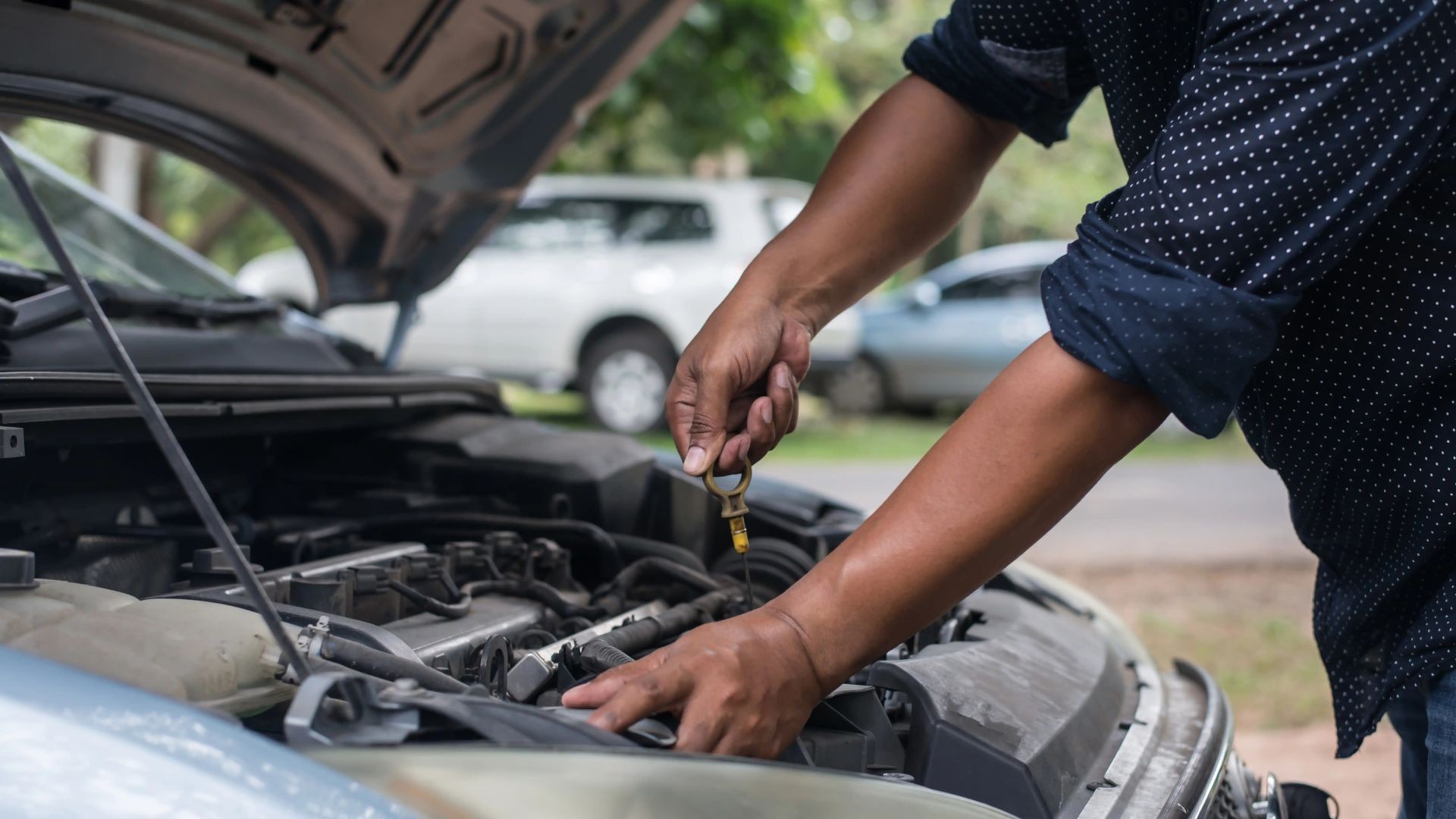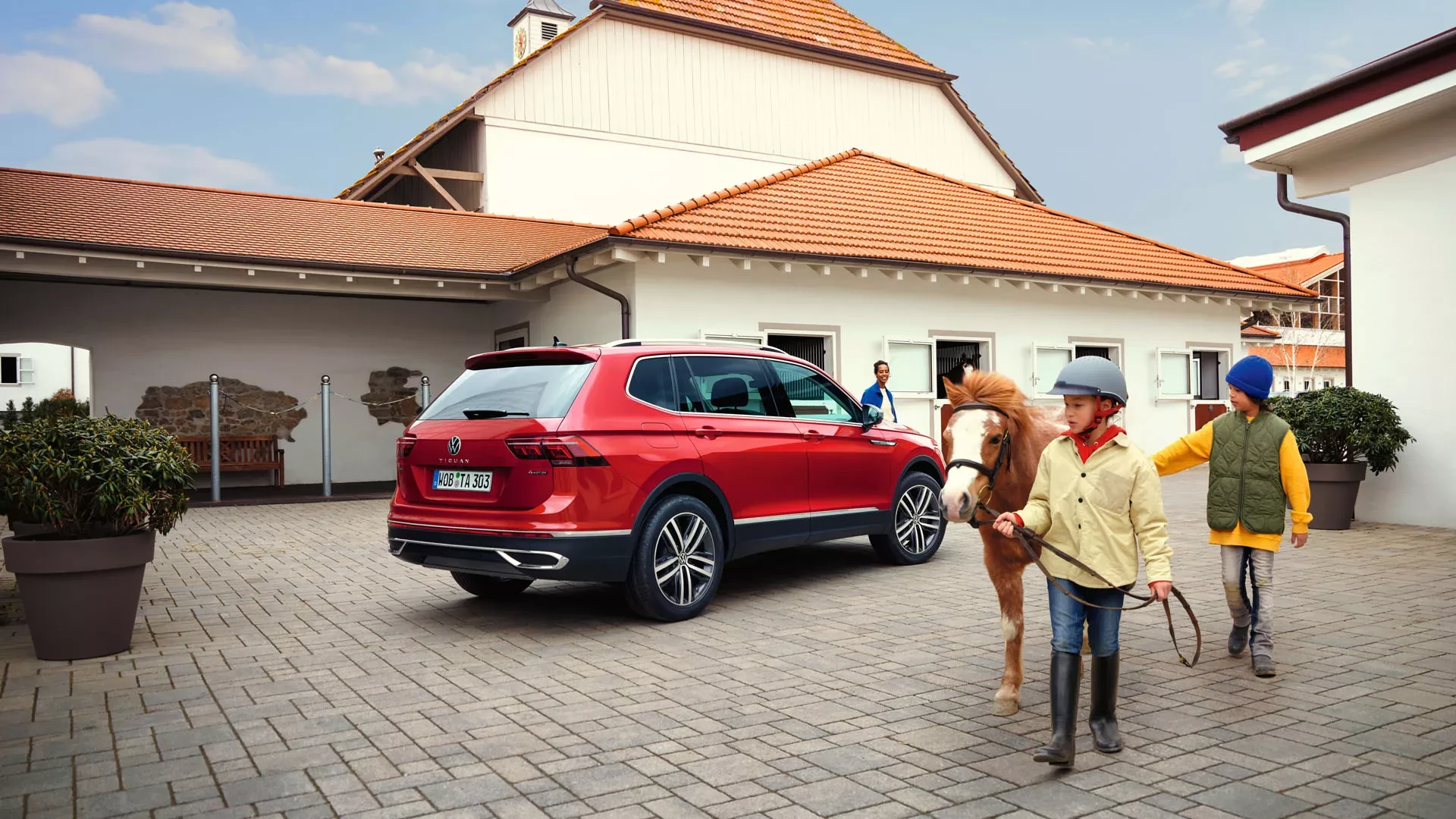Driving in South Africa : 7 safety tips You need to know

South Africa welcomes you with its spectacular landscapes and legendary routes. Yet behind this beauty lie very real challenges: sometimes unpredictable infrastructure, heavy traffic, and changing weather conditions. Here are 7 tips for driving safely on South African roads.
1) Master the local traffic rules
Driving on the left is the first adjustment, but the essentials go beyond that. Every passenger must buckle up, regardless of their seat position. Your phone stays out of reach, except with an approved hands-free system. Speed limits vary by zone: 60 km/h in urban areas, 100 km/h on national roads, 120 km/h on highways. Regarding alcohol, the tolerance is set at 0.05 grams per hundred milliliters. Understanding these guidelines saves you many complications.
2) Anticipate road hazards
South African roads hold surprises: gaping potholes, loose gravel, or signs appearing at the last moment. Reduce your speed when night falls or rain arrives. Maintain a generous distance from the vehicle ahead. If an obstacle appears, brake without swerving sharply. Flooded or muddy areas deserve a detour when possible. Doubt is your best advisor: when hesitating, slow down.
3) Share the road with local wildlife
In rural areas, crosswalks also welcome four-legged visitors. Goats, cattle, and wild animals cross regularly, particularly at sunrise and sunset. Slow down and keep your trajectory. Overtaking these creatures closely is a mistake to never make. Your lights don’t just illuminate, they also signal your presence.
4) Handle power outages on the road
Load shedding sometimes disrupts traffic signals. When facing a dead traffic light, treat the intersection as a four-way stop. Priority goes to the driver arriving from your right. A few headlight flashes allow communication with other road users if necessary. Tools like Waze intelligently redirect you when traffic jams form.
5) Use smart technology
Your smartphone becomes a valuable ally for securing your travels. Waze broadcasts real-time information on traffic and hazard zones. Namola connects you instantly to emergency services. Tracking systems like Tracker or Cartrack facilitate recovery in case of theft. Some applications analyze your driving and can even reduce your insurance premiums. Technology greatly simplifies prevention.
6) Maintain your vehicle regularly
Your vehicle’s condition directly influences your safety. Check the pressure and wear of your tires, then perform recommended rotations. Test all your lights, from headlights to hazard lights. Check your brakes and all fluids monthly. Strictly follow the maintenance schedule provided by the manufacturer. Reliable mechanics are your first protection.
7) Prepare for critical situations
When facing an accident or breakdown, adopt the right reflexes. Stop in a secure location. Deploy your warning triangles to alert other drivers. Dial 112 to reach emergency services. Document every incident, even minor ones, with photos and notes. Keep your emergency contacts accessible. A power bank can save the day when your phone fails.
Frequently asked questions
Do I need an international driving permit to drive in South Africa?
How should I react to unpredictable minibus taxis?
What should I do if I get a flat tire on an isolated road?
Are mountain roads dangerous in South Africa?
Can I use my regular GPS in South Africa?
How can I avoid vehicle theft when parking?
Unless authorized by the editorial staff or a pre-established partnership, the reproduction of articles from buynewcar.co.za, even partially, is strictly prohibited. Any offender is liable to prosecution.
Get the latest car deals and news in South Africa
The newsletter is free and you can unsubscribe at any time!

A team of young journalists passionate about the automotive world, dedicated to providing accurate and up-to-date information to help South African consumers make decisions. Our mission is to simplify the search and comparison of new and used cars, highlighting the latest trends and innovations in the automotive sector.



